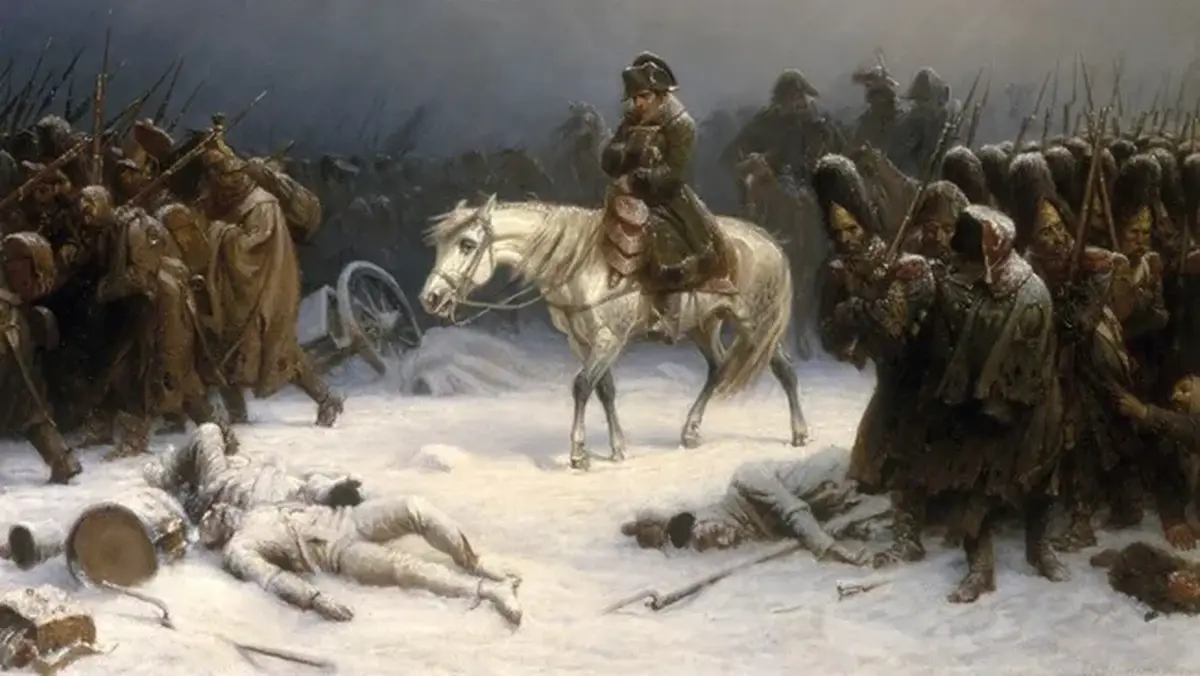 French and Estonian researchers have examined genetic material extracted from a mass grave of soldiers from Bonaparte’s army in Vilnius, Lithuania. This burial site was discovered by construction workers in 2001.
French and Estonian researchers have examined genetic material extracted from a mass grave of soldiers from Bonaparte’s army in Vilnius, Lithuania. This burial site was discovered by construction workers in 2001.
The scientists sequenced the of the soldiers and uncovered previously unknown reasons for their deaths during the retreat from Russia in 1812.
What new insights did the researchers gain?
Napoleon began his Russian campaign with an army of around 600,000 soldiers. Fewer than 50,000 survived. Previous studies indicated that the massive Napoleonic army was nearly annihilated by starvation, enemy attacks, and the brutal winter. However, a team of geneticists from the Pasteur Institute in Paris and the University of Tartu analyzed DNA from the teeth of 13 French soldiers buried during the retreat in a mass grave. The researchers found that other deadly factors included diseases that had not been considered in this context before.

Previously, scientists learned that infectious diseases such as typhus and trench fever played a significant role in the destruction of the French army. However, the new analysis of the mass burial of French soldiers did not find traces of the bacteria that cause these diseases, as reported by Live Science.
Instead, the researchers identified two other pathogens: Salmonella enterica, which is responsible for the development of typhoid fever (or enteric fever), and Borrelia recurrentis, the causative agent of relapsing fever. This illness is quite different from typhus; it lasts for several days but then returns.
Thus, the team believes that the soldiers were weakened by fever caused by B. recurrentis or died from relapsing fever triggered by S. enterica.
As Dr. Nicholas Rascovan, the lead author of the study, explained to BBC Science Focus, combining the results of previous studies with the current one suggests that there were at least four different diseases involved. This means that not just one pathogen killed all the soldiers; rather, “they were likely infected with a whole spectrum of pathogens.”
Therefore, this new discovery does not rule out the presence of other diseases that contributed to the deaths of Napoleon’s soldiers. “Given the extreme and harsh conditions characteristic of this retreat, the presence of multiple concurrent infections is likely. A plausible scenario for the deaths of these soldiers would be a combination of exhaustion, colds, and several diseases,” the team noted.
The results of the study were published in the journal Current Biology.
